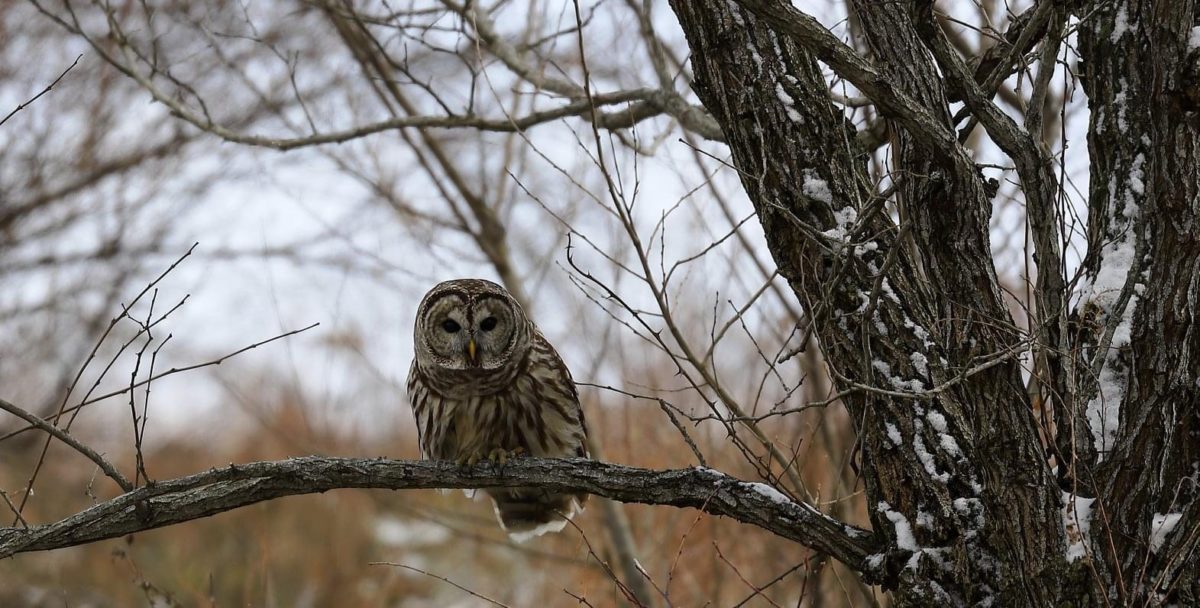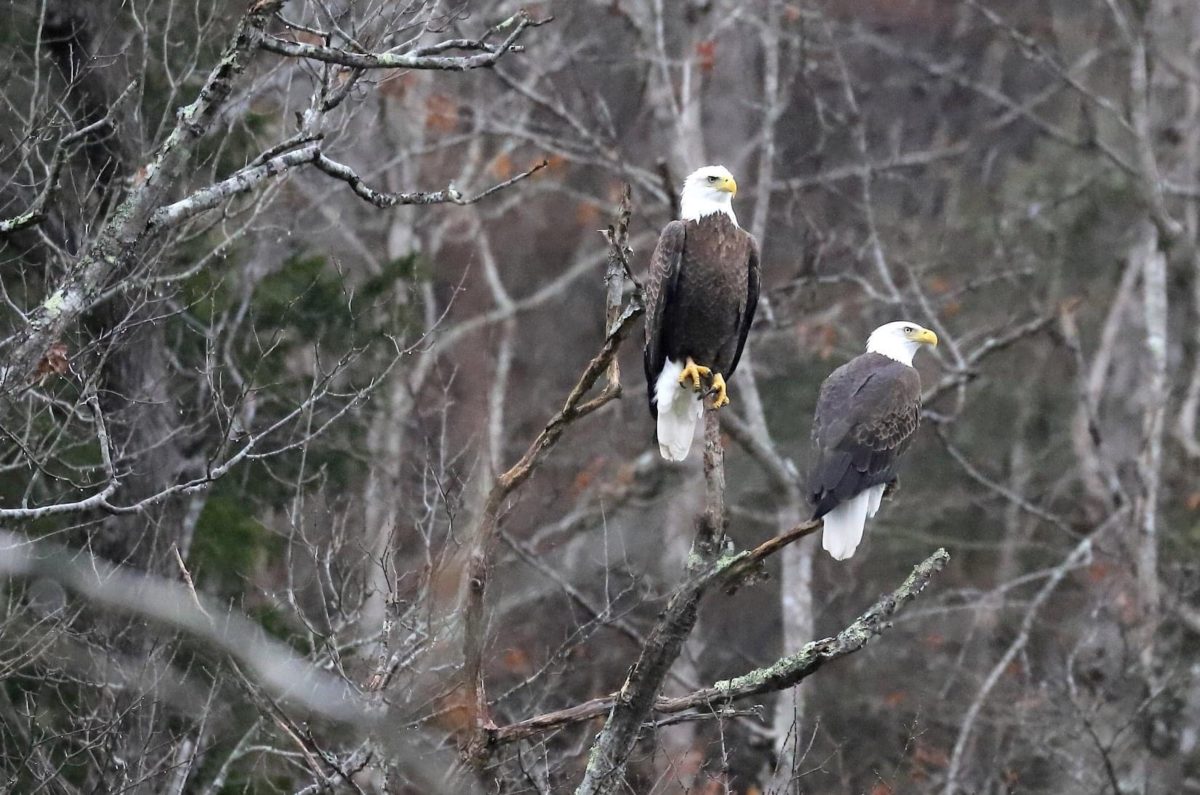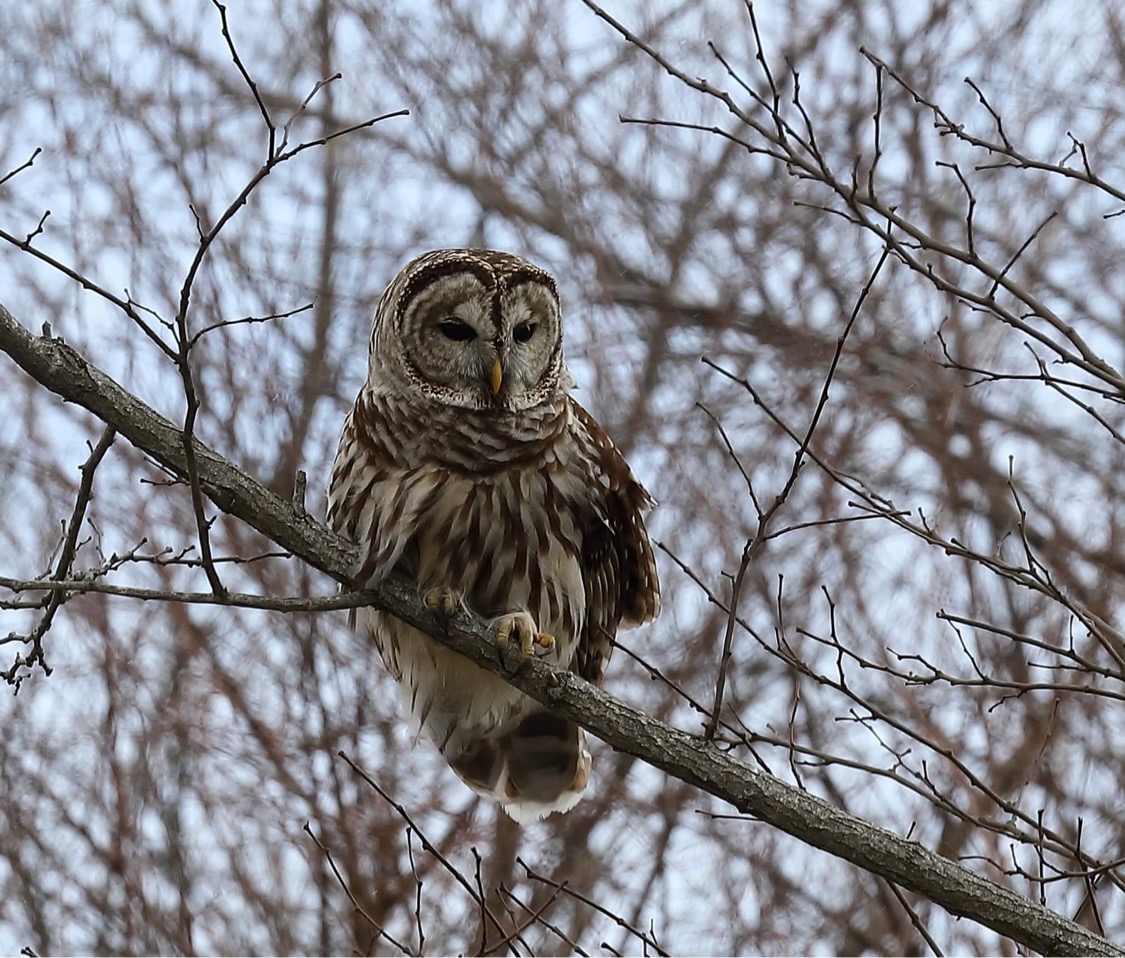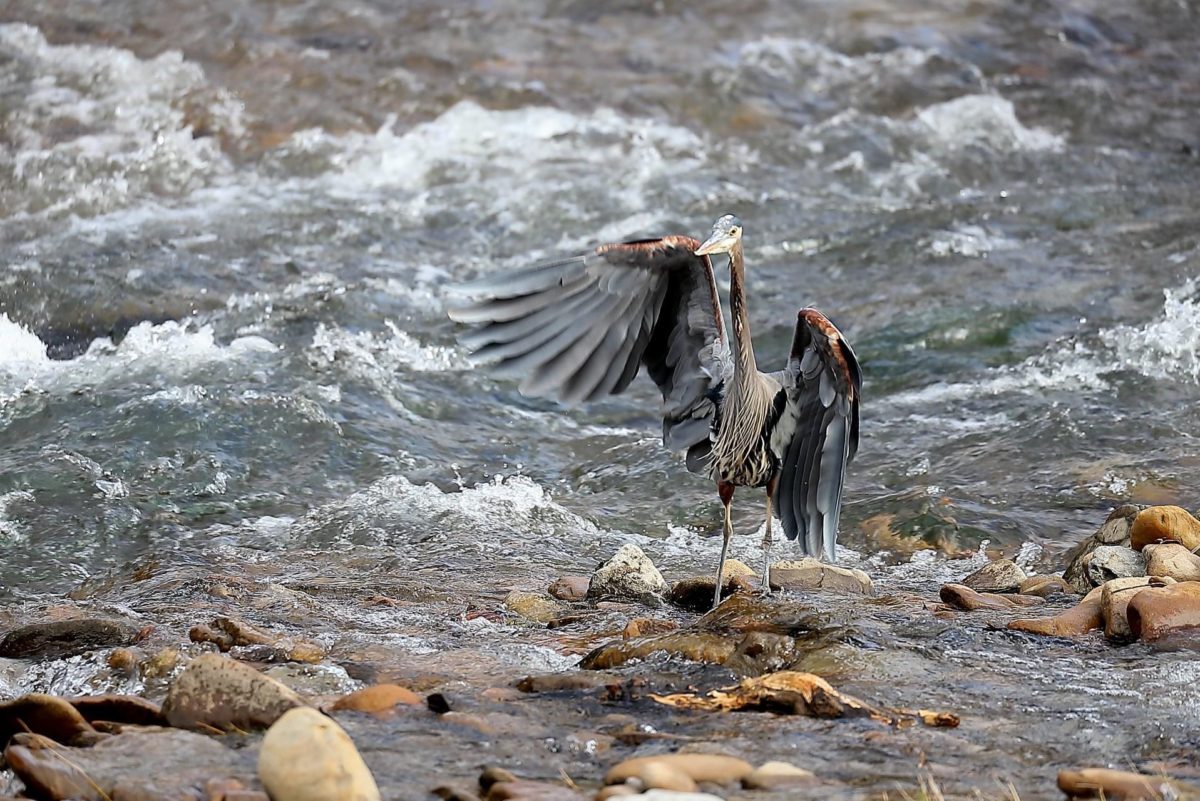Take Part in the
Great Backyard Bird Count
Right Here in the Heart of Appalachia

Photos courtesy of Anna Ruth Coleman
Have you started your Great Backyard Bird Count?!
If you’ve never heard of the Great Backyard Bird Count, let us shed a little light for you. The GBBC is a world-wide event, where bird lovers from around the world come together for four days every February to see how many birds they can find and report. A community-led effort, the count provides scientists with a better understanding of global bird populations before the migration.
This year’s event started TODAY, Feb. 18 and continues through Monday, Feb. 21. If you haven’t already signed up, it’s insanely quick and easy. Just go to birdcount.org and click ‘Participate.’ Despite the name, your backyard isn’t the only location you can tap to collect ‘data.’ Check out these excellent locales right here in the Heart of Appalachia, where a wide array of species love to frequent:


